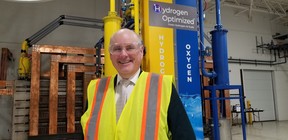British Columbia
Kelowna man says opening his home to international students has helped him stave off loneliness
'Without these beautiful people in my life, I'd be very lonely,' says Kelowna senior Bill Pittman
When Sele Akere first saw a posting for cheap accommodation in Kelowna, B.C., he was suspicious.
"With such a good offer, everybody I knew was like, 'It's probably a scam,'" Akere said.
The ad was posted by Bill Pittman, who offers space in his Rutland home for international students. He charges below-market rent in exchange for assistance with housework, although he says he gets more in return than help with chores.
Pittman, 75, says welcoming international students has helped him deal with social isolation.
"Without these beautiful people in my life, I'd be very lonely," he said.
After his children grew up, Pittman moved to Kamloops, but said he didn't find it fulfilling. He then relocated to a large eight-hectare property in Vernon with no neighbours in sight.
"It was desperately lonely," he said. "I lived there for a year and I was so desperate I sold it for about half of what its value was."
Pittman moved to Rutland and eventually started taking in students.
Building community
Among those students was Rhoalle Davis, who arrived from Jamaica to study business administration at Okanagan College.
Pittman remembers Davis arriving at Kelowna airport in mid-December wearing shorts and a T-shirt in sub-zero weather. He took Davis to Value Village to get him some warm clothes.
Some students like Davis stayed in the area, and bonds have formed over time.
"I've been here eight years and there have been lots of international students that I've met at this house," Davis said.
Akere says far from being an online scammer, Pittman has served as an inspiration.
"One thing I learned from him especially is he's so nice," Akere said. "He's the kind of guy that gives you something or helps you out and doesn't expect anything back."
Akere, a second-year student at Okanagan College who hails from Nigeria, says he tries to do the same, helping newcomers from Nigeria get settled in the community.
Pittman says he is proud that his home has become something of a hub for international students.
"I have 26 proteges now and they keep me busy and I love it," he said.
He says taking in students has helped him stave off social isolation.
Social isolation in seniors is associated with increased emotional distress and prevalence of depression, increased number of falls and use of health and support services, and even premature death, according to a report from the Federal/Provincial/Territorial Ministers Responsible for Seniors Forum.
'We must open our doors to them'
Canada's housing minister recently said the federal government is considering a cap on the number of international students to ease the pressure on the housing market.
Sean Fraser also took aim at institutions he accused of exploiting students and exacerbating the housing crisis and cautioned against blaming the lack of affordable housing on new immigrants.
Canada hosted more than 800,000 international students last year, according to the government's figures.
Pittman disagrees with the notion of limiting international student visas.
"I've visited many countries in the world, I've seen unimaginable poverty and any young man or woman who has the courage to get on the ship and cross 1,000 miles of ocean through winds and storms to come to this country — to go to school, to improve their life — we must open our doors to them. They're so brave."
With files from Joseph Otoo, Catherine Tunney and The Canadian Press

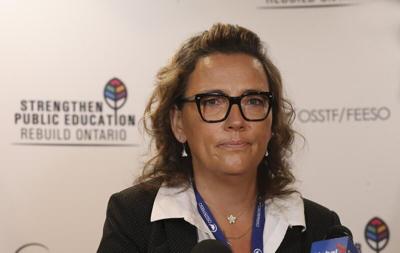




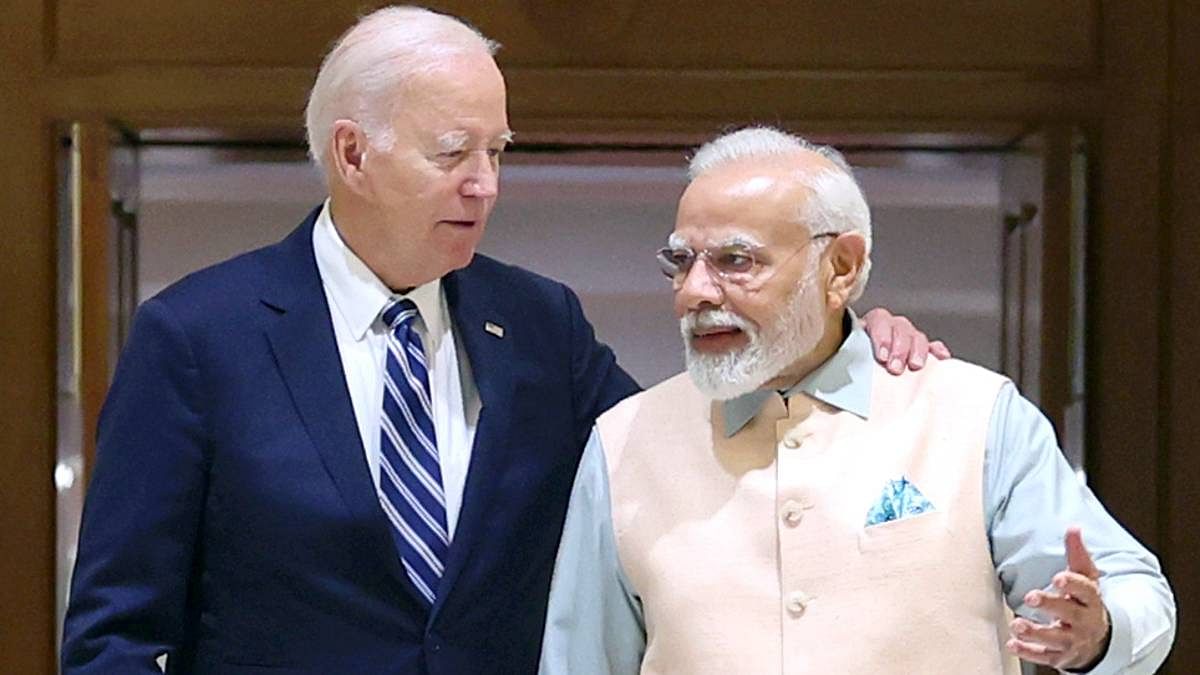
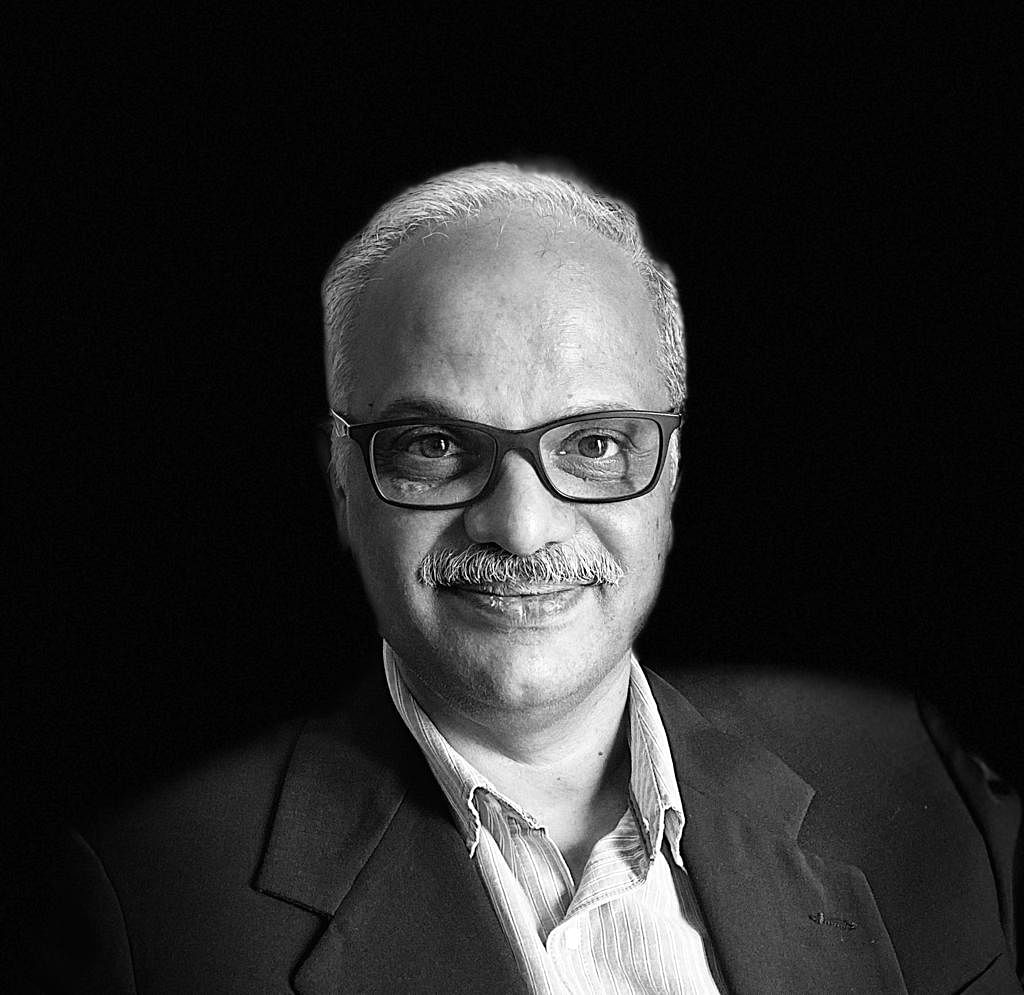
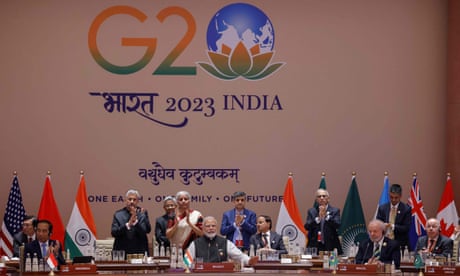


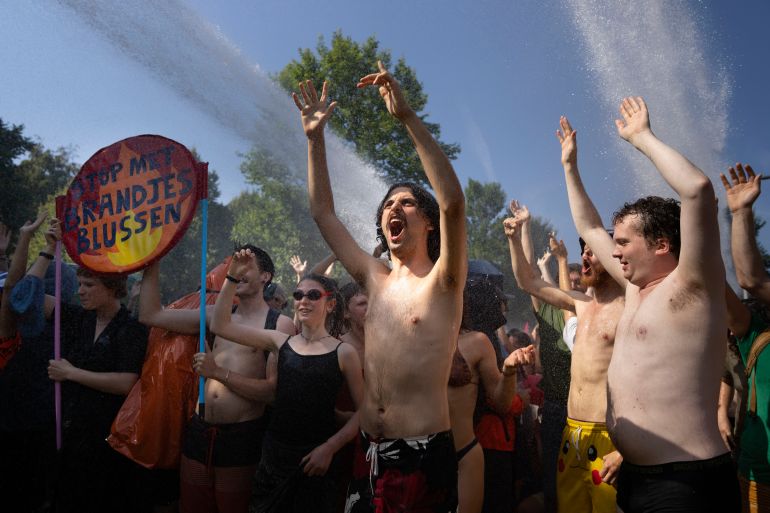



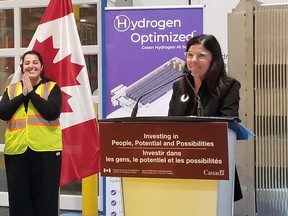 Filomena Tassi, Minister responsible for the Federal Economic Development Agency for Southern Ontario, or FedDev Ontario, announced a $3.5-million loan to Hydrogen Optimized in Owen Sound, Ont. Thursday, Sept. 7, 2023. (Scott Dunn/TheSun Times/Postmedia Network)
Filomena Tassi, Minister responsible for the Federal Economic Development Agency for Southern Ontario, or FedDev Ontario, announced a $3.5-million loan to Hydrogen Optimized in Owen Sound, Ont. Thursday, Sept. 7, 2023. (Scott Dunn/TheSun Times/Postmedia Network)
